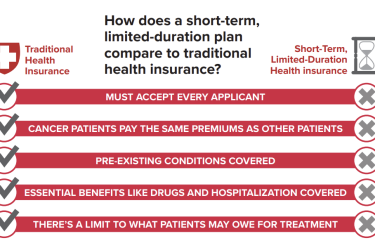In the Star Tribune, Janet Moore seeks to counter aggressive spinal surgery with equally aggressive journalism. It’s a comprehensive take on a subject which journalists have been hammering away at piecemeal for some time now. Her anecdotes are strong, and her numbers doubly so. For example:

Photo by planetc1 via Flickr
Four out of five Americans will suffer from disabling back pain during their lifetimes, according to the National Institutes of Health. Spending on back care soared between 1997 and 2005, reaching $86 billion — just shy of what Americans spent battling cancer.
As those numbers have multiplied, so have questions about the more aggressive forms of back treatment. A 2008 study in the Journal of the American Medical Association, for example, noted that the increase in back-care spending occurred “without evidence of corresponding improvement” in patients’ health.
As Moore points out, this is a debate that will continue as Health Policy is implemented because the new legislation will “require doctors and hospitals to demonstrate that their services are cost-effective. In that vein, the New England HealthCare Institute estimates the United States could save roughly $1 billion a year by eliminating unnecessary back surgeries.”
Minnesota is home to Medtronic, a leading maker of devices used in spinal surgery. Medtronic has consultation arrangements with a number of doctors and some experts question whether that relationship has an effect on how many spinal surgeries are done. The head of the Association for Ethics in Spine Surgery, says these financial incentives create demand for certain brands of product.
It’s a lengthy piece, and the numbers are just one component. The whole package is definitely worth a read.








